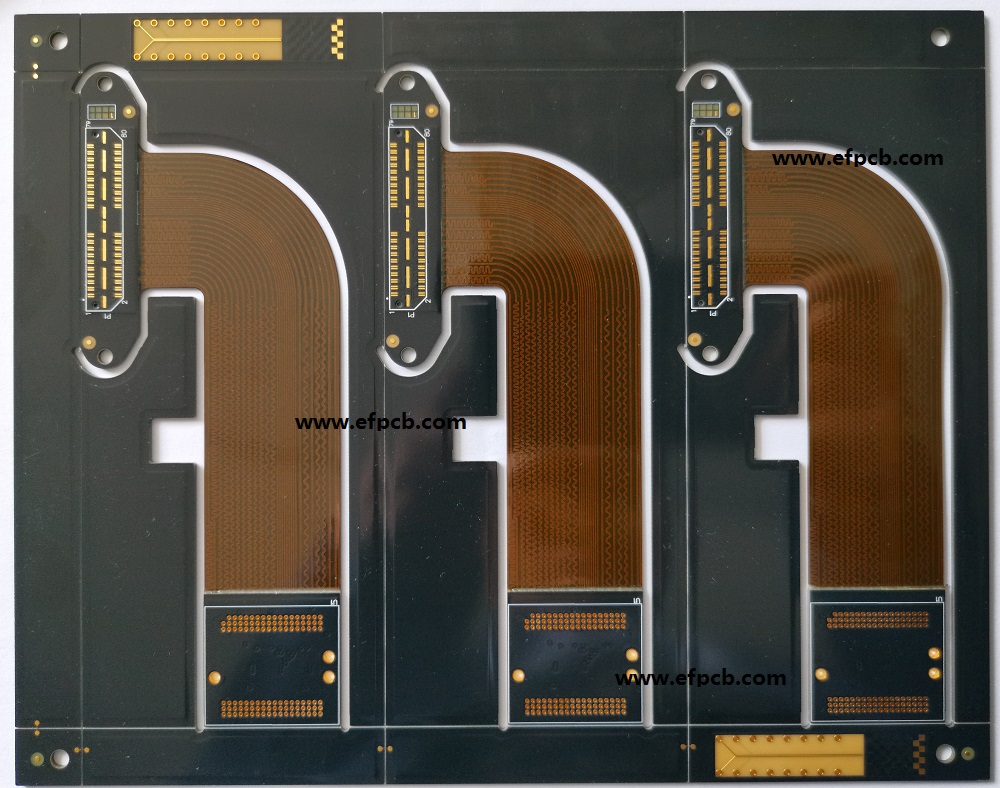Rigid Flex PCB: Combining the Best of Both Worlds

Keywords: Rigid Flex PCB
In the ever-evolving landscape of electronic devices, the demand for smaller, more compact designs continues to grow. This trend has led to the emergence of flexible printed circuit boards (PCBs), offering a flexible and versatile alternative to traditional rigid PCBs. However, in many applications, a combination of rigidity and flexibility is required to achieve optimal performance. That's where rigid-flex PCBs come into play. In this blog, we will explore the world of rigid-flex PCBs, their advantages, applications, and their significant impact on modern electronic devices.
What are Rigid-Flex PCBs?
Rigid-flex PCBs represent a hybrid solution that combines the best features of both rigid and flexible PCBs. They consist of a combination of flexible circuitry and rigid sections, allowing for the seamless integration of both in a single board. Rigid flex PCBs typically have multiple layers of flexible circuits, sandwiched between one or more rigid layers. This unique construction provides the necessary flexibility in certain areas while maintaining structural integrity and stability in others.
Advantages of Rigid-Flex PCBs
- Space Efficiency: Rigid-flex PCBs excel in applications where space is at a premium. By eliminating the need for connectors and cables between rigid and flexible sections, these boards enable designers to create compact and lightweight electronic devices.
- Improved Reliability: The elimination of connectors also reduces the number of potential failure points, enhancing the overall reliability of the circuit. Rigid-flex PCBs can withstand repeated bending, vibration, and shock, making them suitable for demanding environments.
- Design Flexibility: Rigid-flex PCBs offer unparalleled design flexibility. The combination of rigid and flexible sections allows designers to create 3D configurations, enabling the PCB to fit into unconventional shapes and conform to the contours of the device. This flexibility opens up new possibilities for product design and can help optimize space utilization.
- Enhanced Signal Integrity: Rigid-flex PCBs provide superior signal integrity compared to traditional flexible PCBs. By incorporating rigid sections, signal traces can be routed more precisely, minimizing signal loss and interference. This is especially crucial for high-speed applications where maintaining signal integrity is critical.
Applications of Rigid-Flex PCBs
Rigid-flex PCBs find applications in various industries where compactness, durability, and reliability are paramount. Here are a few notable examples:
- Aerospace and Defense
- Medical Devices
- Consumer Electronics
- Automotive




